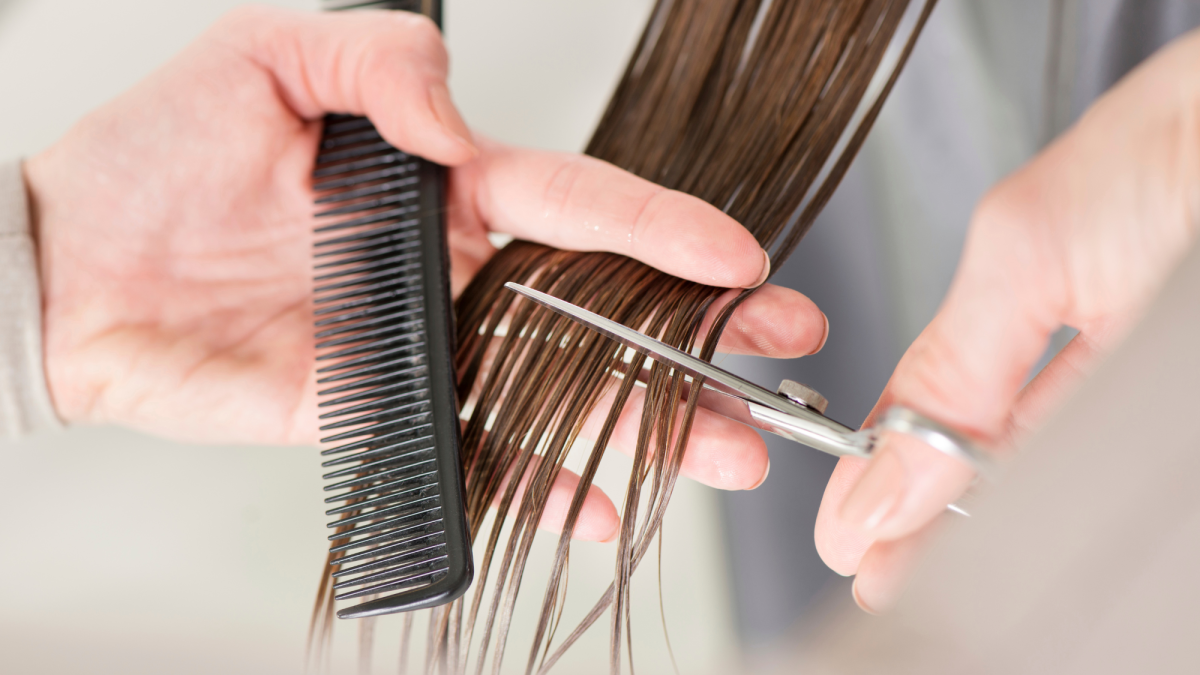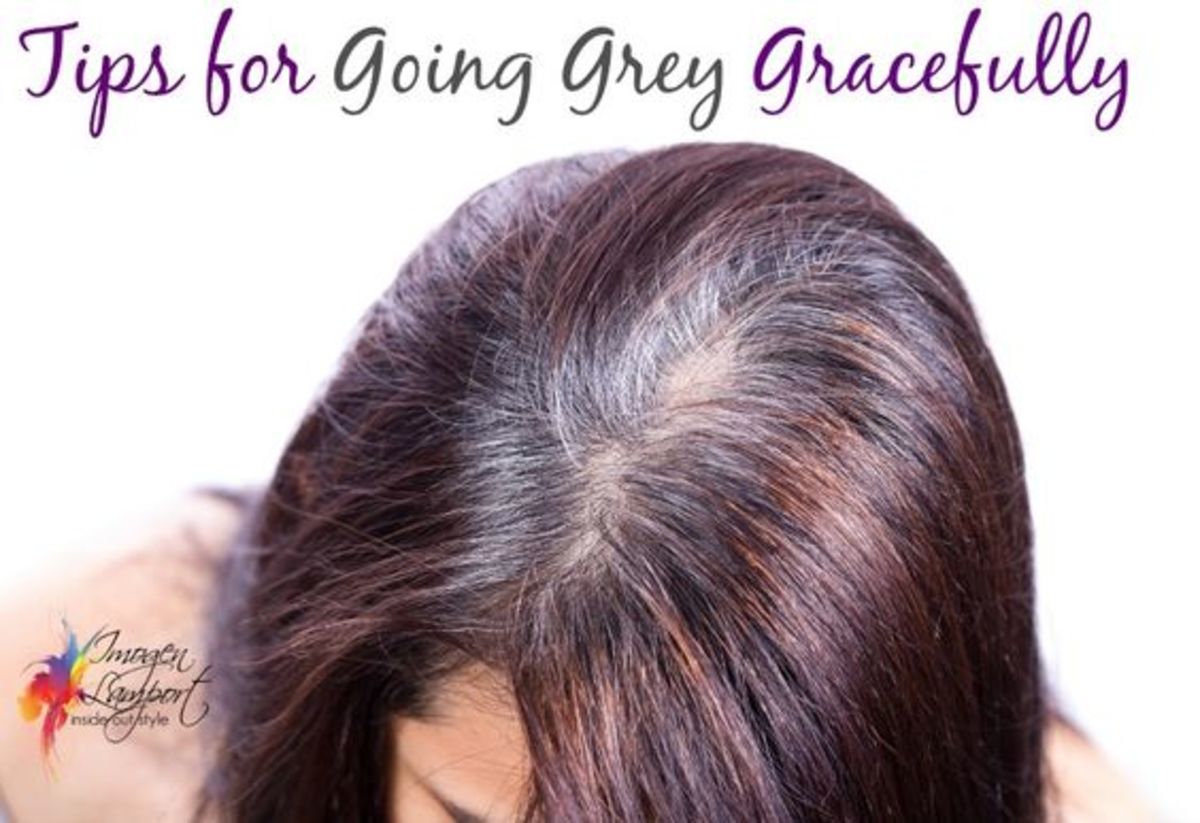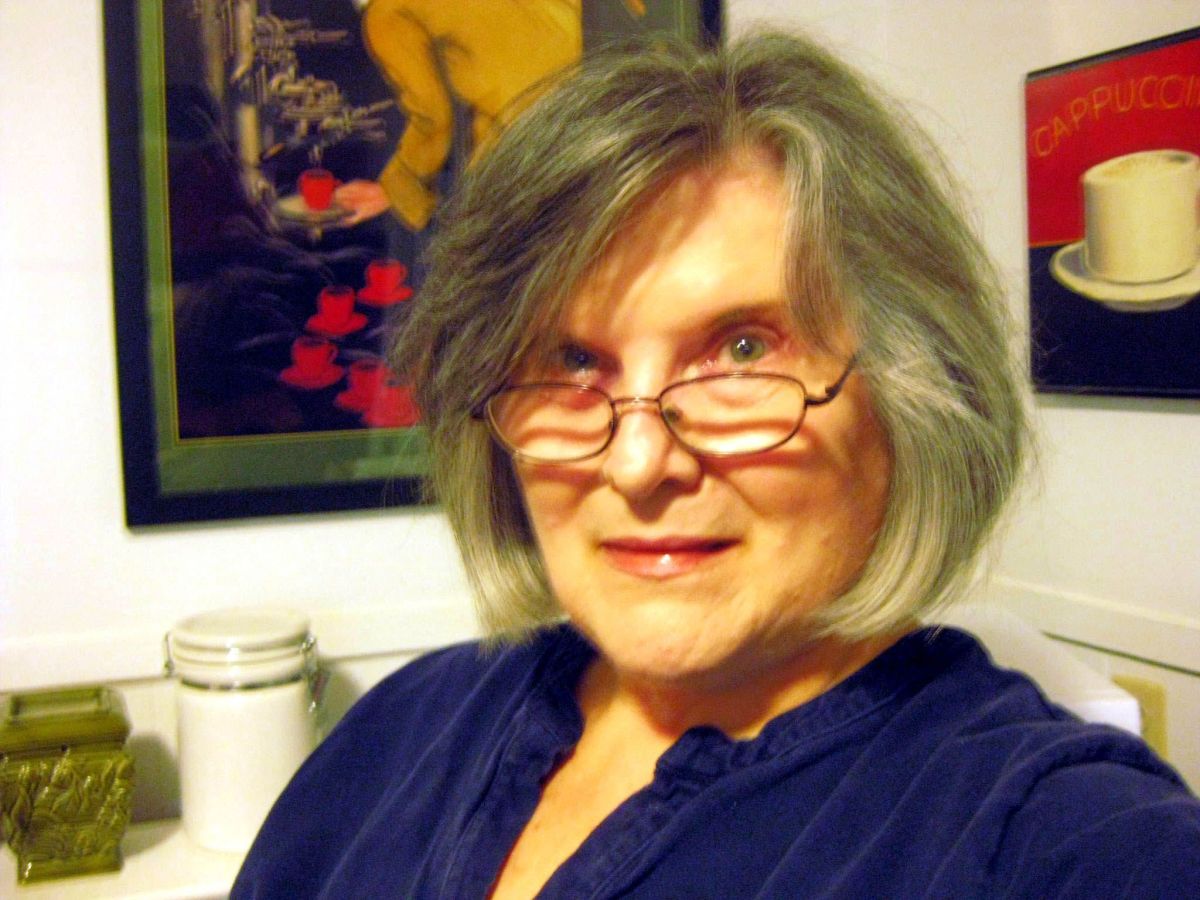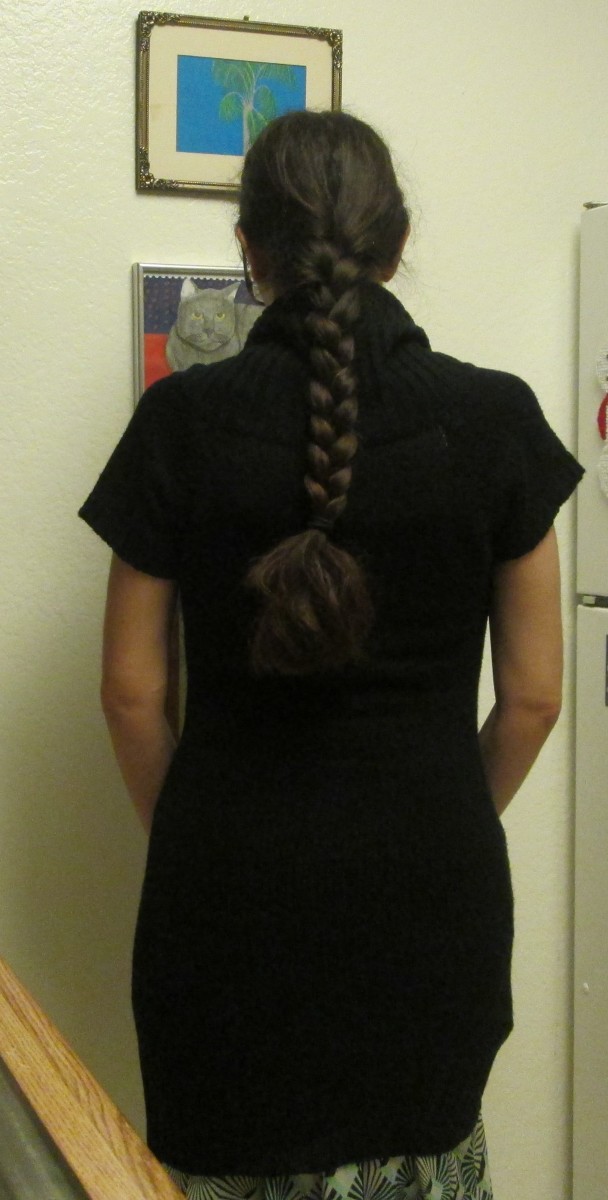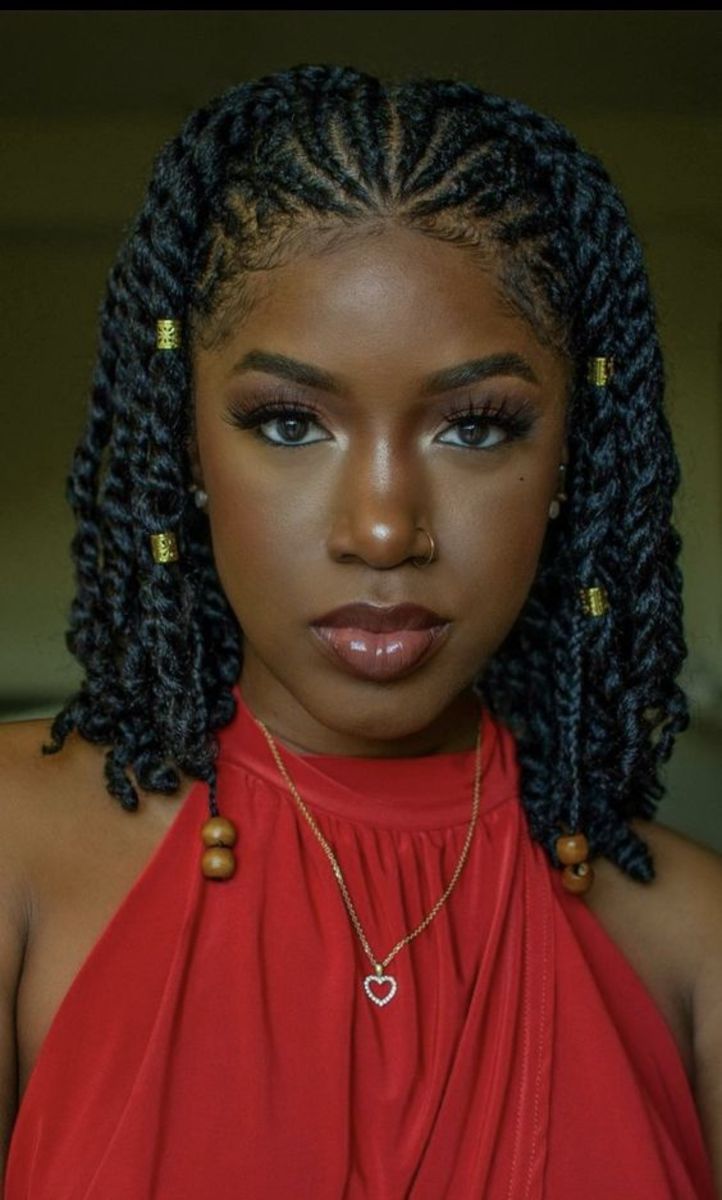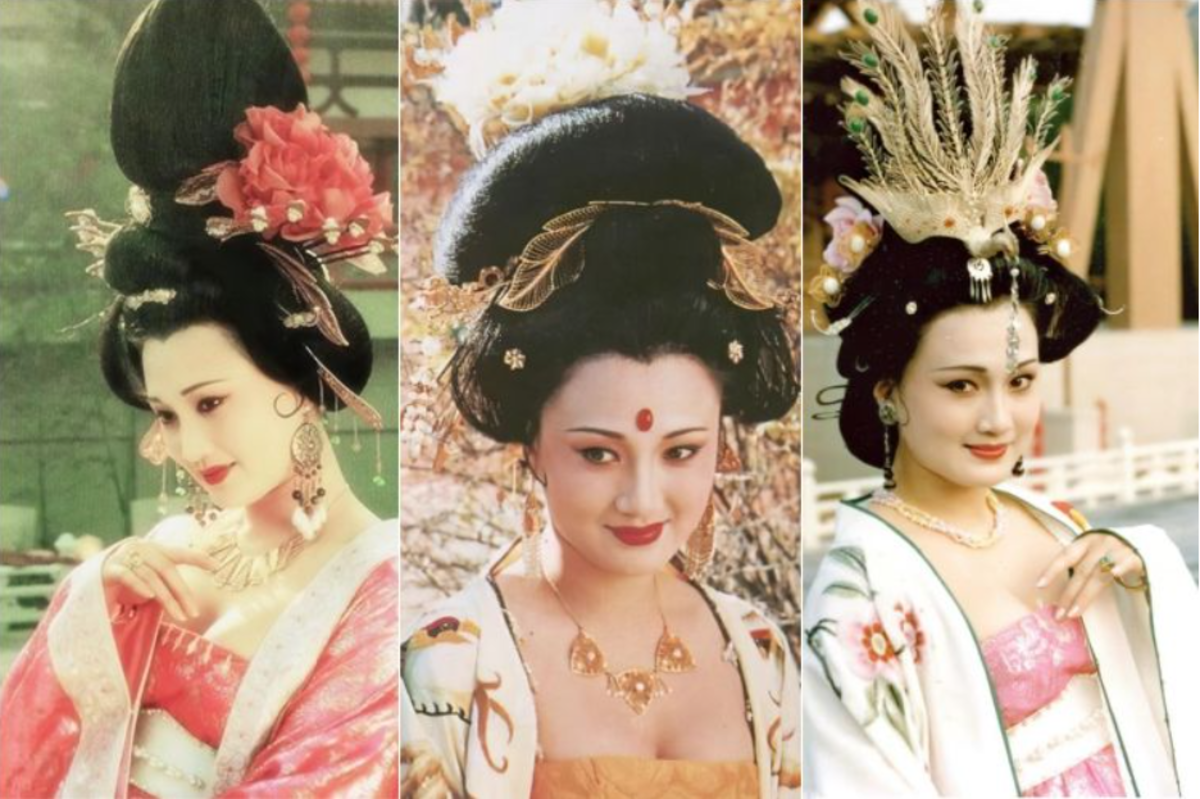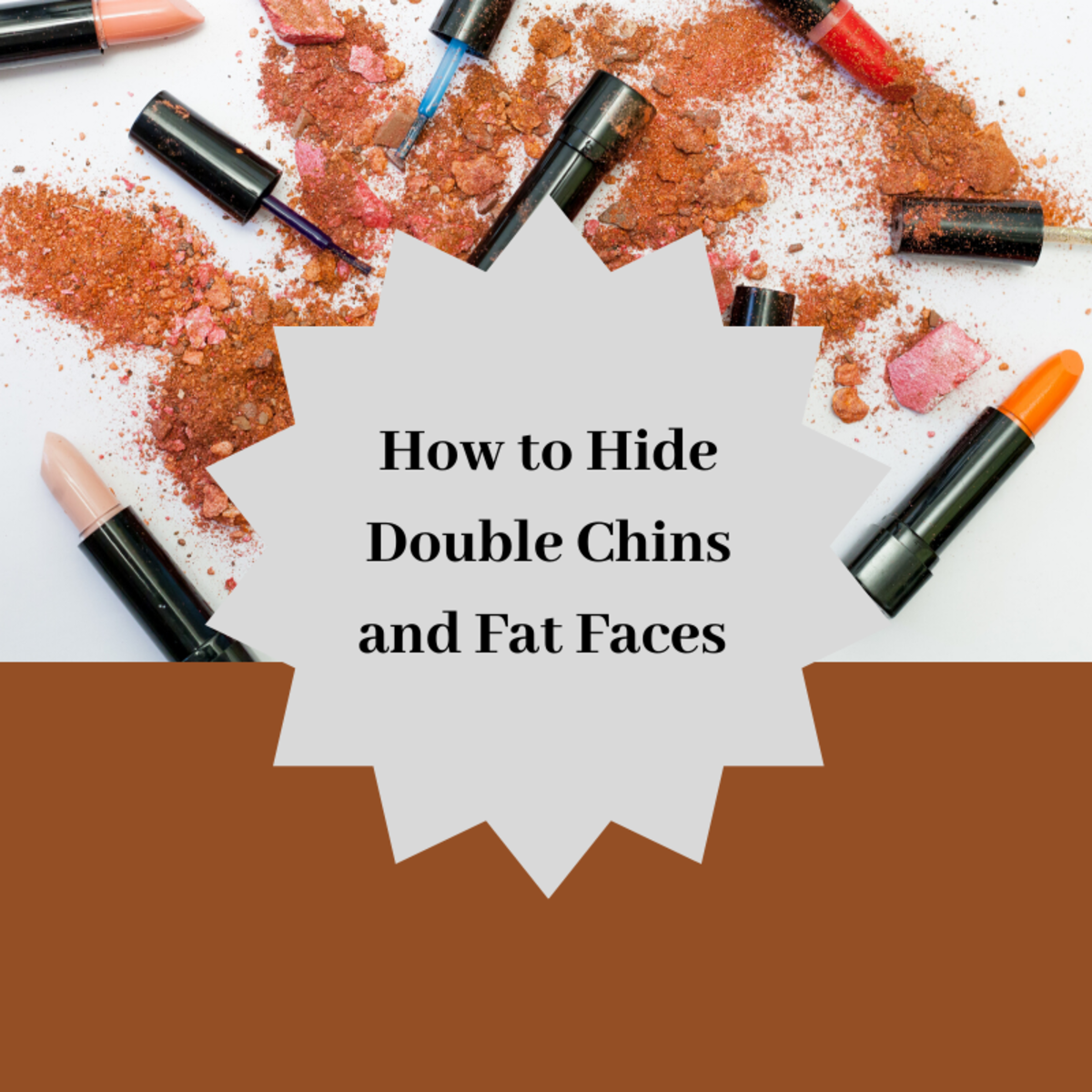- HubPages»
- Fashion and Beauty»
- Hairstyles, Cool Cuts, How to Style Your Hair»
- Hairstyles»
- Hairstyles For Women
Going Au Naturel
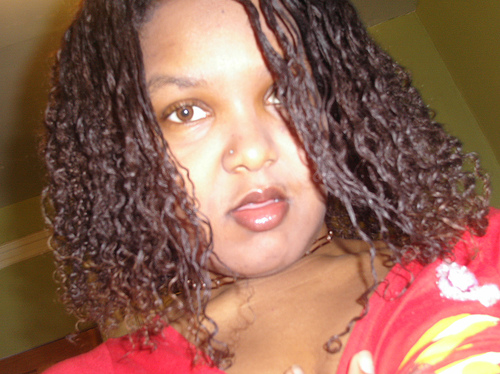
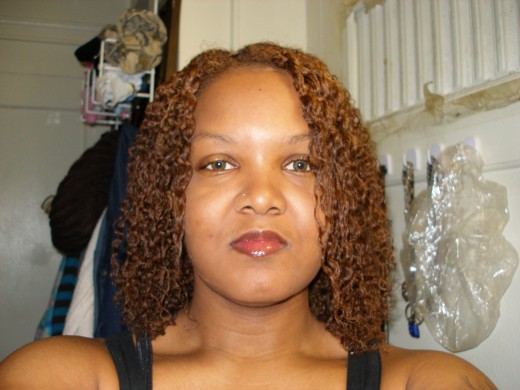
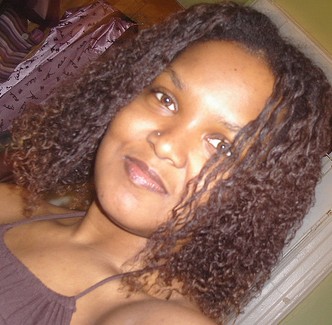
Products I Use
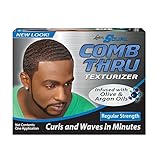
My mom relaxed my hair when I was three or four years old. I don’t even remember the first time. It was the 70’s for god’s sake! Why didn’t she put little afro-puffs in my hair like all the other girls? In kindergarten, I admired the other little girls’ fluffy ponytails and asked my mom why my hair didn’t do that. “Because you have a perm in your hair,” she answered. I still didn’t quite get it.
I looked at fluffy ponytails with envy for the next few years because my hair was straight and flat. That all ended when I was ten years old when my mom marched me off to the beauty salon to get a Jheri curl. I hadn’t asked for one.
I watched Doris, my mom’s longtime hairstylist, chop my hair short and apply smelly chemicals to it. My hair was set with tiny rollers and I was put under a hairdryer where I fell asleep. After hours, it was all over. I touched my “new” hair that was now short, wet, and thin and it felt weird. I had gone to the salon right after school and it was 11 O’clock at night as we headed home. (Thank god the salon was a few blocks away!) It was all too much for a ten-year-old and when I got home I put on a clear plastic shower cap and went to bed.
A couple of years later “the curl” was going out of style and my mom took me back to Doris to strip the curl from my hair. The key words are my mom took me back . As usual, she never consulted me concerning my hair. I have no idea what the stripping process consisted of, but my hair was relaxed again that same day and over-processed.
Over the next few months, my hair started falling out, not good for a twelve-year-old who was just starting to like boys. I wasn’t completely “bald-headed”, but on top of acne and glasses, it was a huge blow to my self-esteem.
My hair eventually grew back, but in 9th grade, in order to seem mature, I got my hair cut into a style. In the late 80’s, asymmetrical haircuts were all the rage. We admired the hairstyles of Salt N Pepa and other cool chicks in the Hip Hop videos and we went in droves to the beauty salon with pictures in hand.
I took it a step farther in 10th grade. I cut most of my hair off. It was a half inch long in the front and shaved in the back. My hair looked awesome and I got so many compliments, but in a month, my hair started growing back and my cool style was ruined.
It became a vicious cycle. Cut your hair in a cool style, it starts growing back and the style is ruined, cut it again. I wanted to grow my hair long, but I was too impatient to deal with the “in between” stage, so I kept cutting it.
I still admired curly, natural hair and I was envious of all the black girls in the teen magazines with long ringlets and waves. I wanted to grow my hair natural, but I couldn’t bear cutting off my hair and having an afro until it was long enough to create ringlets. (In the 80’s , short natural hair wasn’t in vogue and anyone with a hairstyle resembling an afro would have taunted for having nappy hair.)
I cursed my mother for screwing up my hair at an early age. I asked her why she relaxed my hair and she said so that it would be straight (duh!). I asked her what difference it made since all she had to do with my hair was put it in ponytails or braids, but she just shrugged and didn’t have an answer.
During this time, the musical group Soul II Soul had become very popular. I admired the long dreadlocks of Caron Wheeler and Jazzy B and I wanted my hair to look the same. Afrocentrism was now trendy and I wanted to lock my hair and get in touch with my African heritage. My mom hated dreadlocks and she forbade me to lock my hair. That was the end of that.
By the age
of nineteen, I was fed up with my hair. It was down to my shoulders and very thick and it took a lot
of effort to style and straighten it. One summer afternoon, I made a decision.
I went into the bathroom and cut off all my hair.I was left with about an inch of unprocessed hair all over my head.
I felt free,
yet I still felt the stigma against short natural hair at that time because a "bald-headed" black woman was the worse thing to be, even if you chose to cut your hair short and not relax it. I was comfortable with me, but others
weren’t. My own cousin even called me "nappy headed".
Eventually, I buckled under pressure and went and bought a curly bulk of hair and added a ponytail to my head. The hair matched my color and texture and ironically, when I started my sophomore year in college, everyone thought it was my hair.
After a year and a half, I became fed up with the fake hair and hiding who I was. I threw the fake hair in the garbage and wore my curly ‘fro. People were confused as to why I’d choose to wear my hair like that and I told them that I didn’t want to try to be something that I’m not i.e. fake hair, relaxers, strengtheners.
I liked my natural hair texture, but as it got longer, it was a pain in the ass because there was no one to tell me what to do with long, coarse hair that wasn’t straight. I wanted beautiful ringlets or waves, like I saw when my hair was wet, but when it dried, it turned into a frizzy mess.
One summer, with the humidity and uncontrollable hair, I became fed up again. At the spur of the moment, I ran to the store and bought a relaxer. I slapped in my hair out of frustration, but when I rinsed it, I noticed something. My hair wasn’t straight, instead, it was wavy. It looked like I had wanted it to look all this time! I put some setting lotion in my hair while it was damp and when it dried, my was still wavy and it had body.
This is how I discovered texturizing, relaxing the hair enough to bring out the curls, but not enough to straighten it. In the past, people had always said to me “you have a lot of hair”, but now people started saying “you have pretty hair”. The best moment was when my cousin that had called me nappy headed, ran her fingers through my long wavy hair and said “I wish my hair was long like yours”.
My hair started getting me a lot of attention, especially after I dyed it honey blond to boost my self-esteem after a break-up. The irony is that now people started to think that my hair was fake.
Almost daily, people either complimented my hair and/or asked if it was real. Several times, I heard women and girls “whispering” behind my back, discussing whether or not they thought my hair was real.
After awhile, it became sickening. I didn’t see my hair as anything that special, it was just hair. But, at the same time, I was pissed that had worked hard to make my hair look good only to have people think it was fake.
The thing that surprised me the most were the ethnicity questions. When my hair was shorter and relaxed there was no doubt in anybody’s mind that I was Black, but after my hair grew long and curly, I got “Are you mixed?” or “Are you part Indian?” Some people thought I was Latina and at times, random people came up to me speaking Spanish to ask for directions and such. (Luckily I could speak Spanish back!)
Since I’ve been in New York, people have asked me if I was from Trinidad, Jamaican, Bermuda, Bahamas, or from “The Islands”. I still get people speaking Spanish to me and I even started going out with a with a Mexican guy some years ago because he started speaking Spanish to me at the bus stop.
My hair was a source of frustration growing up, but now I love my hair because I feel like I am truly being myself and not trying to conform to anyone's standard of beauty except my own.

